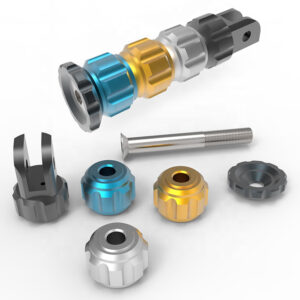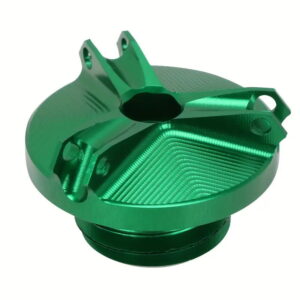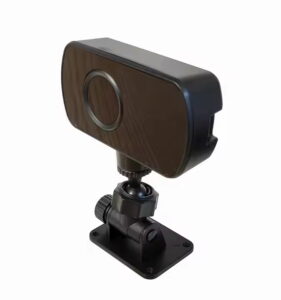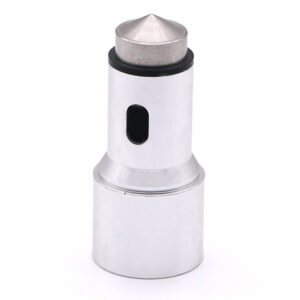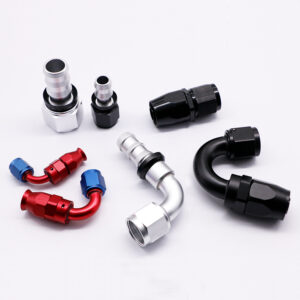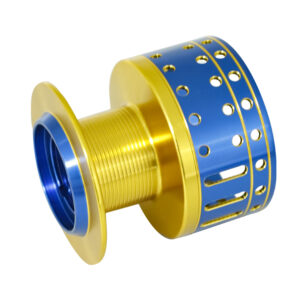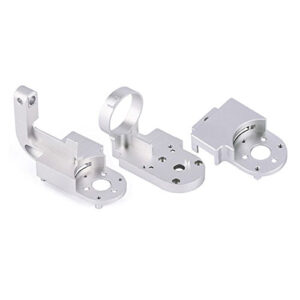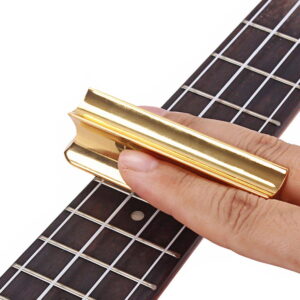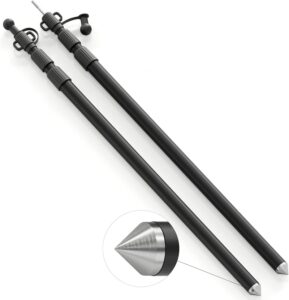Brass, a versatile copper-zinc alloy, is widely recognized for its excellent machinability, making it a top choice for CNC milling machining. This comprehensive guide delves into the properties of brass, its machining techniques, applications, and future trends in CNC machining as they relate to brass.
Properties of Brass for CNC Machining
- Machinability: Brass’s high machinability is attributed to its softness and the presence of lead in some grades, allowing for efficient cutting speeds with minimal tool wear .
- Corrosion Resistance: Brass exhibits good resistance to a variety of corrosive substances, ensuring part longevity and stability in harsh environments .
- Ductility: Brass’s moderate flexibility allows it to be easily formed into complex shapes, beneficial for intricate machining requirements.
- Strength and Hardness: Brass provides adequate strength and hardness for most engineering applications without being excessively difficult to machine.
- Aesthetics: Brass’s attractive metallic luster and various surface treatment options make it suitable for decorative and functional parts alike.
Techniques in Brass CNC Milling
- Milling: Brass is placed on a milling machine where cutting tools remove material to shape the workpiece. This process is ideal for creating complex geometries .
- Drilling: Precise drilling using specialized bits allows for the creation of holes for threads, dowels, or other assembly components.
- Turning: Brass is rotated while tools cut to create cylindrical or conical shapes. This process ensures accuracy and surface quality.
- Lathe Cutting: Utilizing a CNC lathe, internal and external cylindrical surfaces, and threads are created, enhancing production efficiency.
Design Considerations
- Material Properties: Understanding brass’s properties is crucial for designing components that leverage its strengths while meeting specific application needs.
- Machinability Considerations: Factors such as feed rate and cutting speed are pivotal for achieving desired outcomes.
- Geometric Complexity: Complex geometries require careful planning to minimize material waste and machining time.
- Surface Finish Requirements: The choice of machining parameters and post-processing techniques can greatly influence the final appearance and feel of the brass part.
- Dimensional Accuracy and Tolerances: Precision is critical to ensure the part’s functionality and fit in assemblies.
Applications of Brass CNC Machined Parts
- Automotive and Aerospace: Brass is commonly used in the manufacture of radiators, pipes, valves, and other components where its conductivity and machinability are essential.
- Electrical Industry: Brass is often used for connectors, terminals, and other components where its conductivity is vital.
- Electronic Industry: Brass is utilized in the production of printed circuit boards, connectors, and other electronic components due to its excellent machinability and electrical properties.
- Other Fields: Brass also finds applications in the manufacture of musical instruments, medical equipment, and architectural decorations.
Future Trends in CNC Machining
- Automation and Robotics: The CNC industry is seeing a rise in automation and robotics, driven by technological advancements and economic needs .
- Sustainability and Energy Efficiency: Sustainability and energy efficiency are emerging as prominent trends in 2024, reflecting a shift towards more environmentally conscious manufacturing practices .
- Domestic Manufacturing: There is a significant shift towards domestic manufacturing in the U.S., driven by the reshoring movement and the need for greater supply chain control.
Brass CNC milling machining is a key innovation in manufacturing, blending material resilience with technological precision. It ensures versatile, high-quality components, marking a significant advancement in production techniques. As the manufacturing landscape evolves, brass CNC machining continues to be at the forefront, driving innovation and ensuring that manufacturers can meet the complex demands of today’s market with confidence.


-e1728480094940.jpg)
